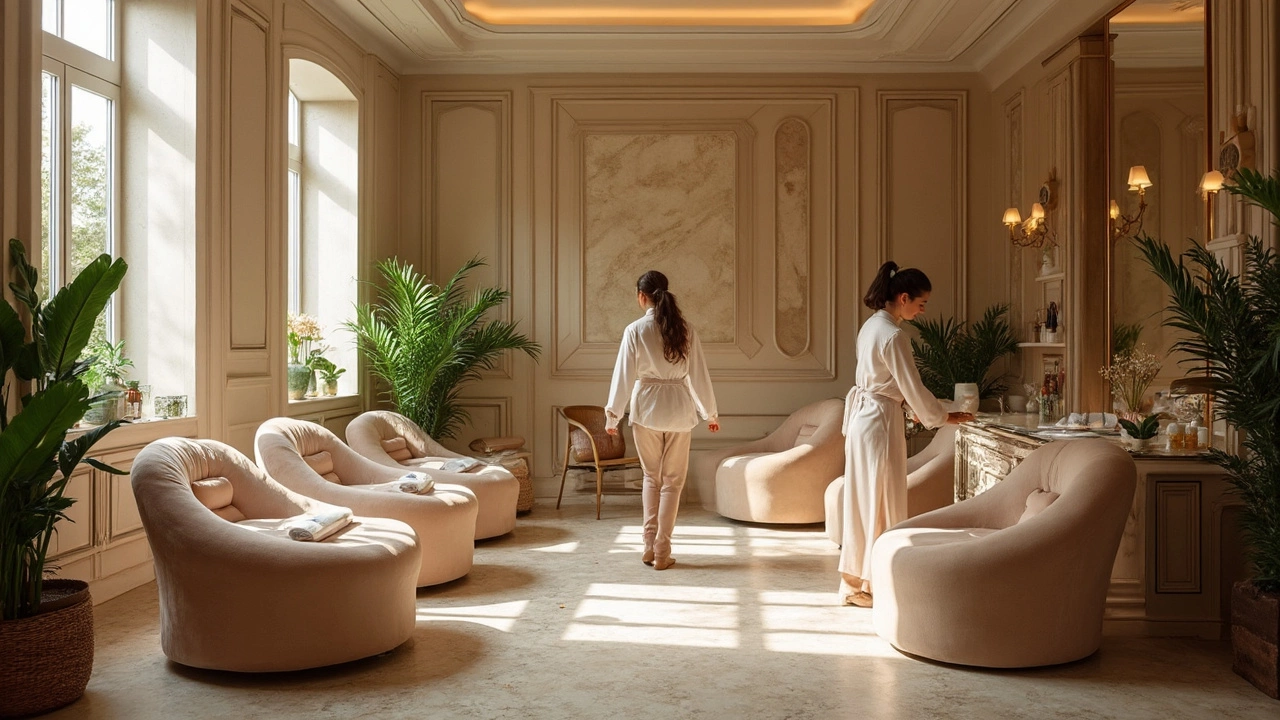Relaxation Therapies: Simple Ways to Unwind and Feel Better
When you hear relaxation therapies, methods that calm the mind and soothe the body. Also known as stress‑relief techniques, they range from hands‑on treatments to quiet mental practices. Understanding what counts as a relaxation therapy helps you pick the right mix for your lifestyle.
How Different Therapies Work Together
Massage therapy, hands‑on manipulation of muscles to release tension is often the first name people think of when they talk about relaxation. A good massage improves blood flow, lowers cortisol, and can even ease mild aches. Relaxation therapies aren’t limited to touch, though. Aromatherapy, the use of scented essential oils to influence mood works by stimulating the olfactory system, which talks directly to the brain’s emotional center. A few drops of lavender in a diffuser or a calming roll‑on can turn a hectic office into a mini‑spa.
Another pillar is meditation, a mental practice that focuses attention to achieve mental clarity. Regular meditation trains the brain to stay present, reduces the “what‑if” loop, and often lowers blood pressure. When you combine meditation with gentle breathing, the effect amplifies – you’re not just calming the mind, you’re signaling the body to relax too. This trio – massage, aromatherapy, and meditation – forms a core set of tools that most relaxation therapy plans include.
But the ecosystem doesn’t stop there. Hydrotherapy, the therapeutic use of water temperature and movement adds another layer. Warm baths, contrast showers, or even a quick dip in a cold plunge trigger blood vessel changes that flush out toxins and reset the nervous system. People who add hydrotherapy to their routine often report faster recovery after a workout and deeper sleep at night. It’s a cheap, low‑tech way to bring the benefits of a spa home.
All these methods share a common goal: they reduce the body’s stress response and promote recovery. In other words, relaxation therapies encompass massage therapy, aromatherapy, meditation, and hydrotherapy. Each technique targets a different pathway – physical, olfactory, mental, or circulatory – yet they all converge on the same outcome: a calmer mind and a more relaxed body.
If you’re wondering where to start, think about your daily pain points. Do you feel tight shoulders after a desk job? Try a 15‑minute self‑massage or book a professional session. Is your mind constantly racing? A five‑minute guided meditation before bed can break that cycle. Do you love scents? Keep a small bottle of eucalyptus oil at your workspace for quick inhalations. And if you have a bathtub, experiment with a 20‑minute soak using Epsom salts – the warm water plus the minerals work like a natural anti‑inflammatory.
Integrating these therapies doesn’t require a massive time commitment. You can weave them into existing habits. For example, pair an evening meditation with a lavender diffuser, then follow with a warm bath. The combined effect compounds, making each session feel more rewarding. Over weeks, you’ll notice less lingering tension, sharper focus, and a higher tolerance for daily stressors.
Below you’ll find a curated collection of articles that dive deeper into each of these approaches. Whether you’re looking for a step‑by‑step guide to a perfect home massage, the science behind aromatherapy, or quick meditation tricks for busy people, the posts are organized to give you practical tips you can try right away.

Unwind in Luxury: The Ultimate Massage Experience at Bolton Beauty Clinic
Discover the ultimate luxury massage at Bolton Beauty Clinic in Auckland. Dive into a world of relaxation, rejuvenation, and expert care. Explore exclusive treatments, professional therapists, and inside tips for making your next massage truly unforgettable.
© 2025. All rights reserved.